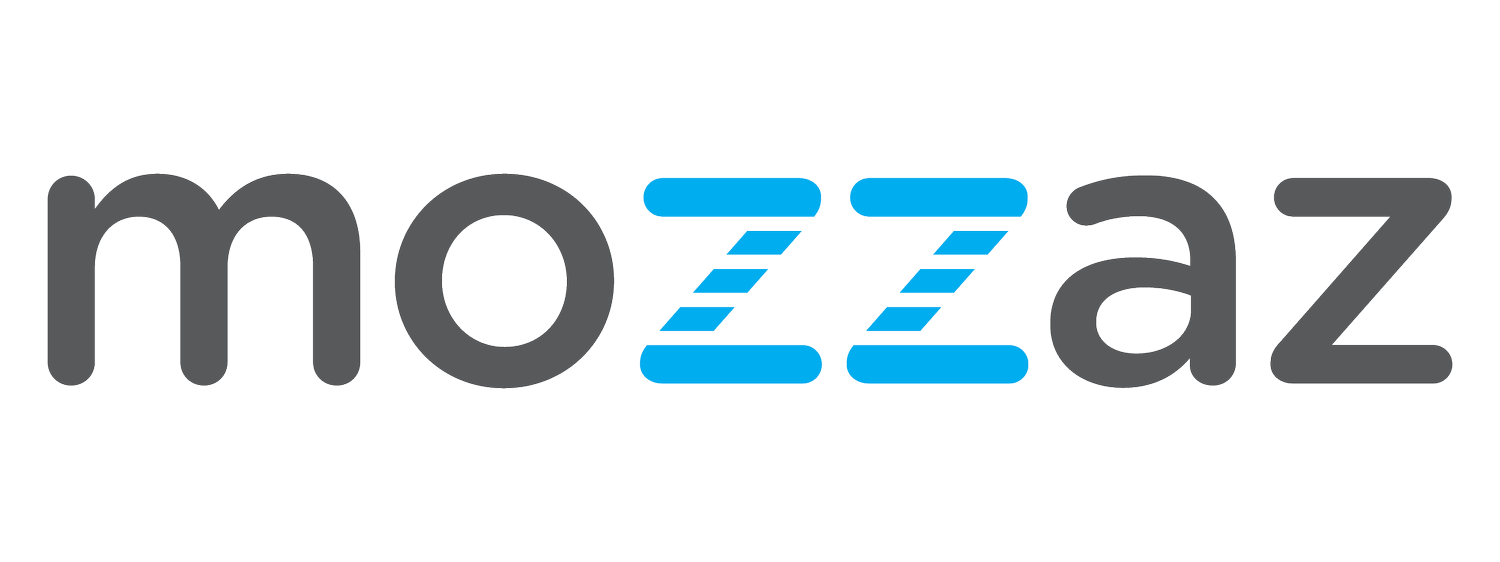Utilizing Technology During COVID-19 | 3 Digital Health Strategies for Facilitating Human Connection from a Distance
In a recent statistic, the CDC reported that, since the beginning of the pandemic, 4 in 10 adults admitted to avoiding medical care [1]. In addition to avoiding in-person care, social isolation is leading to increasing mental health concerns for most populations. In fact, in a tracking poll conducted in mid-July, 53% of adults in the United States reported that their mental health has been negatively impacted due to worry and stress over COVID-19. This number is significantly higher than the 32% reported in March [2]. Both statistics, avoidance of medical care and decline of mental health, can be directly linked to a lack of human connection. Although nothing can truly replace in-person contact, advances in digital technology can be leveraged to provide patient’s with needed care services while supporting value-based care initiatives.
There are endless ways technology can be implemented in healthcare to help emphasize human connection. At Mozzaz, we believe these can be categorized into three main strategies for consideration:
Secure Communication
As the pandemic has evolved, the use of telemedicine has become a pivotal part of everyone’s healthcare strategy. Virtual visits are allowing patients to remain connected to their providers, and gain access to other pertinent care givers, like counselors, all from the safety of their home. In addition to implementing technology, our industry is seeing new billing codes to support the transforming healthcare landscape. A study conducted by NCBI found significant research to support that not only can telehealth help facilitate valuable patient-care giver interactions, but it can also increase staff efficiency [3]. This is helping to reduce clinical staff burn out and allow maximum time for patients in need of immediate in-person care. Virtual communication is also addressing the issue of accessibility, allowing patients whose social determinants of health (SDoH) have previously kept them from receiving care, to become active participants in their healthcare management.
Although televisits are helping to provide human connection, we understand that a patient’s relationship with their healthcare ecosystem extends past just the visits- it is inclusive of all the in-between, day-to-day activities as well.
Constant Connection and Monitoring
Remote patient monitoring solutions allow for constant connection between patients and their care teams. Patient applications that have reminders, alerts, education, and data collection via assessments and connected devices can keep physicians up to date on how their patient’s conditions are progressing in between touch points. Truly optimized digital healthcare solutions are not just passive, but actionable. Patient data is now available in real-time, and physicians can use these insights to make data-backed changes to care plans easily, virtually, and immediately. This is allowing that human component to always remain a part of the healthcare journey and, ultimately, strengthens relationships between patients and their providers. Enabling this type of connection will continue to become increasingly important as organizations moved towards value-based care models and look to provide patients with meaningful experiences.
As virtual communication and constant connection via technology grow in popularity, there will come a time when healthcare organizations need to differentiate themselves to further humanize their digital initiatives. This is where personalization plays a major role.
Patient Personalization
Easy-to-use solutions for digital health empower care teams to create highly personalized plans for their patients and deploy patient experiences that are tailored to the specific needs and preferences of each individual. Options for things like language, iconography and even specialized tools like assistive augmentative communication (AAC) are making patients more confident in their ability to receive care and communicate their concerns and needs. Personalization capitalizes on the concepts of secure communication and constant monitoring, mentioned above, by taking all the insights gleaned and transferring them into digital experiences that make patients feel they are heard and cared for accordingly. Ultimately, personalization is the most effective way organizations can continue to maintain human connection from a distance.
Digital transformation in healthcare is here, and organizations are acting to adapt new technologies to supplement their in-person care. The Mozzaz solution for virtual care is supporting this evolution by helping our clients implement strategies for patient engagement, remote patient monitoring and care management that are highly personalized. Contact us today to talk about how we can help you increase the impact of human connection in your patient experiences.
References
[1] “Delay or Avoidance of Medical Care Because of COVID-19–Related Concerns — United States, June 2020,” CDC, September 11 2020, accessed December 8, 2020, https://www.cdc.gov/mmwr/volumes/69/wr/mm6936a4.htm
[2] “The Implications of COVID-19 for Mental Health and Substance Use,” KFF, August 21, 2020, accessed December 8, https://www.kff.org/coronavirus-covid-19/issue-brief/the-implications-of-covid-19-for-mental-health-and-substance-use/
[3] “The role of telehealth during COVID-19 outbreak: a systematic review based on current evidence,” NCBI, August 1, 2020, accessed December 8, 2020, https://www.ncbi.nlm.nih.gov/pmc/articles/PMC7395209/

